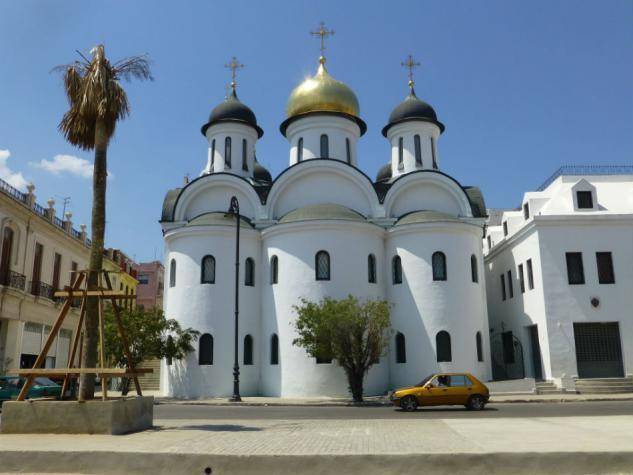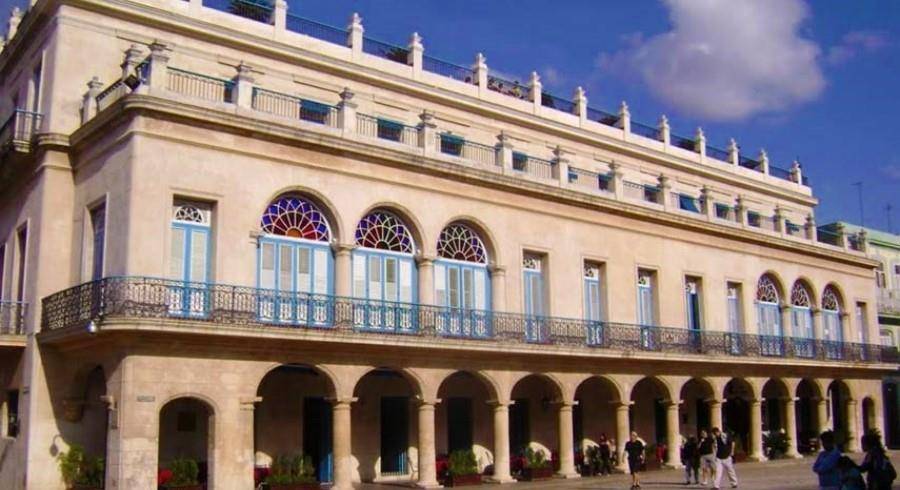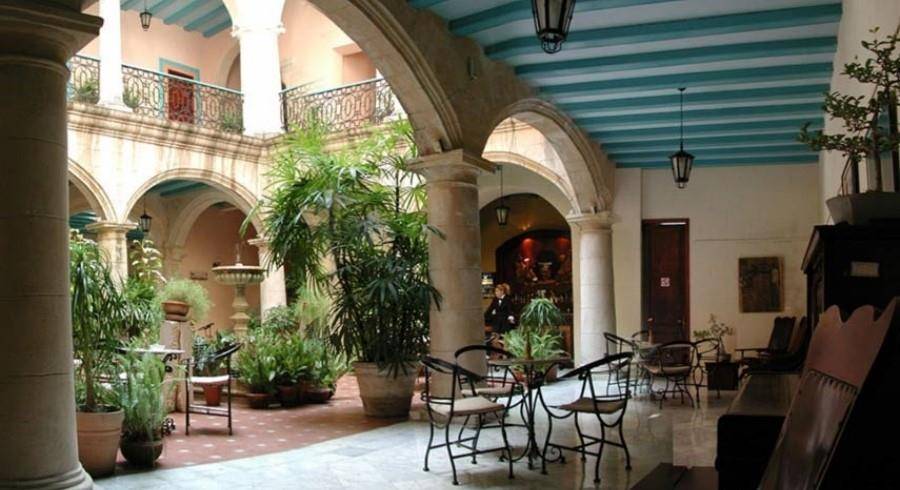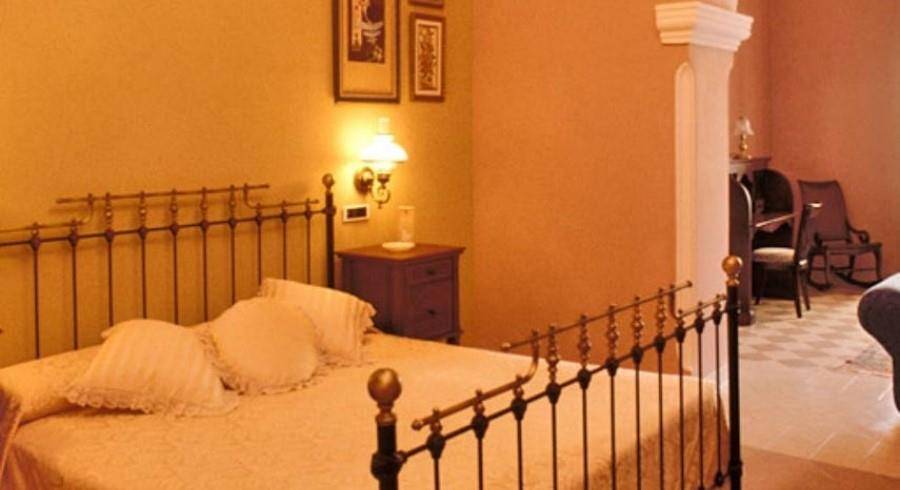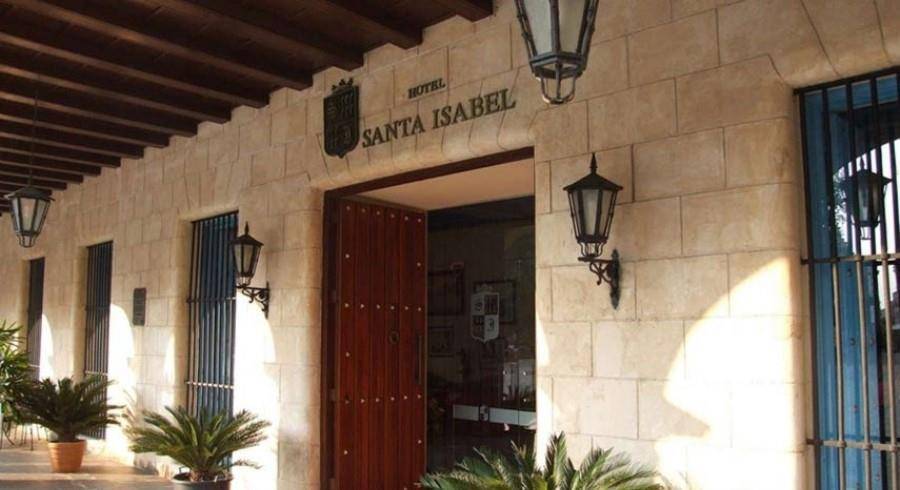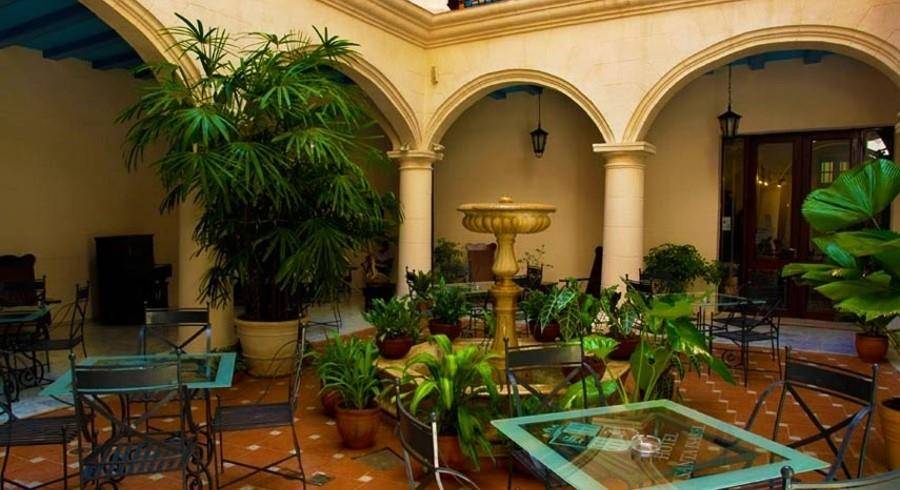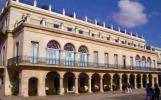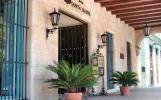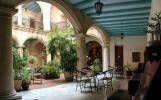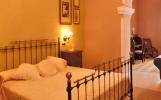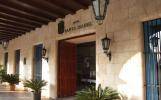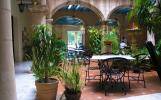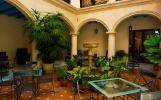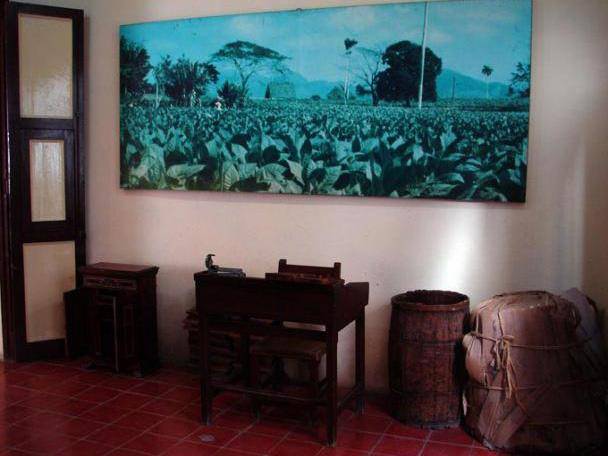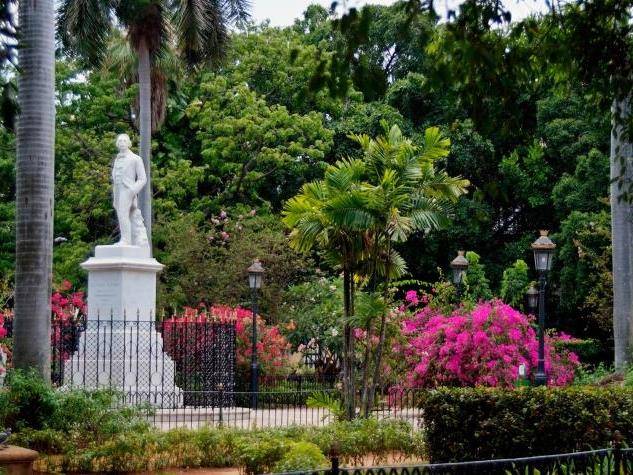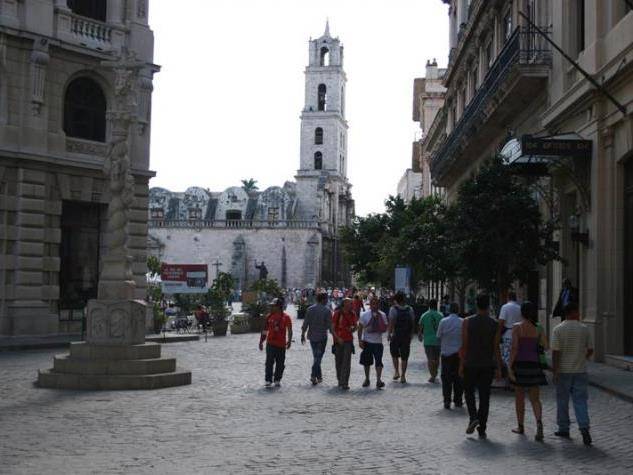About
Santa Isabel
The magnificent Hotel Santa Isabel has an enviable location in the heart of Old Havana, directly facing the charming cobbled square of Plaza de Armas, with its perfect blend of bars, museums & restaurants.
History & elegance go hand in hand at Santa Isabel dating back to the 19th Century, when it was owned by the Count of Santovenia (whose decorative initials can still be found in a variety of fixtures & fittings). The distinguished visitors of its colonial past continue to this day, with guests such as Jack Nicholson, Sting & ex-US president Jimmy Carter.
The grand facade is complemented by elegance inside, with a large, air-conditioned lobby boasting crystal chandeliers & beautiful period furnishings. Adjoining this is the inner courtyard where guests can relax in the sun or shade beside the tranquil fountain, while they can also enjoy the sun & spectacular views from the hotel rooftop.
The Condado restaurant has antique furnishings & maintains the elegant, colonial ambience of Santa Isabel Hotel. Breakfast can be taken there but, with views out onto the square where there are frequent markets, many guests enjoy taking breakfast outside under the shady arched gallery.
While Santa Isabel has an unparalleled location on the picturesque Plaza Armas, it is also surprisingly quiet & yet just one minute from the bustling Calle Opisbo, with its bars & music. It is easy to see why Hotel Santa Isabel is a favourite for visitors looking for a stylish stay in Old Havana.
